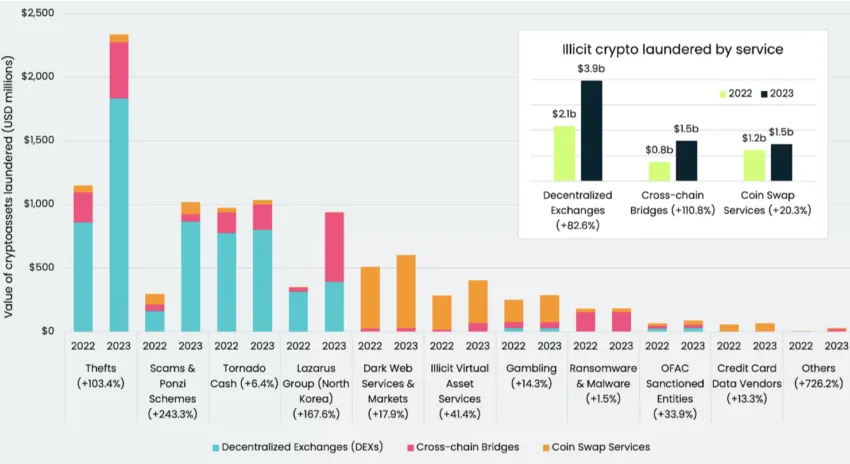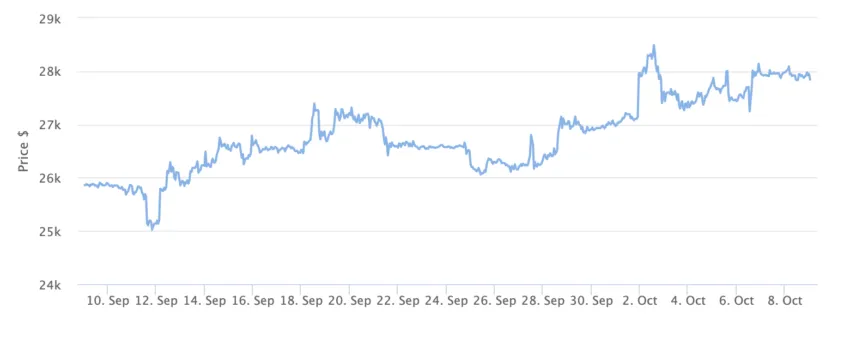Cross-Crime Crypto Laundering Exceeds Predicted Growth
A recent report by crypto risk management firm Elliptic reveals that the amount of illicit funds laundered through decentralized exchanges (DEXs), cross-chain bridges, and coin swap services has reached a staggering $7 billion. This method of money laundering is becoming increasingly popular among cybercriminals involved in various forms of cybercrime.
Exceeding Predictions
The latest data exceeds Elliptic’s earlier predictions. They estimated that this figure would rise to $6.5 billion by the end of 2023 and $10.5 billion by 2025. However, the current calculation of $7 billion shows that cross-chain crime is growing at a faster rate than anticipated.
Cross-Chain Criminal Activity
Crypto money laundering primarily involves swapping cryptocurrencies between different tokens and blockchains, which is known as cross-chain criminal activity. Criminals use this method to conceal funds acquired through scams and crypto thefts.

Two Factors Driving the Rise
Elliptic highlights two factors contributing to the increase in cross-chain criminal activities. Firstly, criminals are turning to cryptocurrencies other than Bitcoin, especially those that offer anonymity and stability. Stablecoins pegged to government-backed currencies are particularly popular for this reason.
Bitcoin’s Decreasing Role in Criminal Activity
In recent years, Bitcoin’s share in criminal blockchain activity has significantly reduced. In 2022, it accounted for only 19% of illicit volume within blockchain activity, compared to 97% in 2020.
Easier Acquisition of Tether and USD Coin
Criminals favor Tether (USDT) and USD Coin (USDC) because they find them easier to acquire, according to Tara Annison, Elliptic’s former head of technical crypto advisory.

Criminals Adopting Cross-Chain Strategies
The report also suggests that criminals are using cross-chain strategies to evade authorities and keep their illicit gains hidden. This is a response to the increased enforcement actions targeting traditional forms of crypto criminality.
A Growing Trend
The rise of cross-chain crime is a new but rapidly growing trend. During the first half of 2022, there was a significant 58% increase in thefts facilitated by cross-chain bridges compared to the same period in 2021.
Hot Take: The Escalation of Cross-Chain Crime Poses a Serious Challenge
The surge in cross-chain criminal activities, as revealed by Elliptic’s report, highlights the escalating challenge faced by authorities in combating crypto money laundering. Criminals are exploiting the decentralized nature of DEXs, cross-chain bridges, and coin swap services to launder funds acquired through various illicit means. To effectively address this issue, regulators and law enforcement agencies must adapt and develop new strategies to stay ahead of these evolving techniques. Additionally, there is a need for enhanced collaboration between industry stakeholders and regulatory bodies to establish robust compliance measures and ensure the integrity of the crypto ecosystem.





 By
By
 By
By
 By
By


 By
By